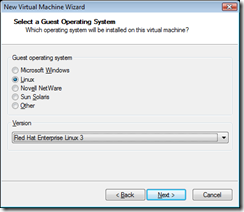

Compile the “Description”, “Hostname” and “SNMP Community” fields, select the “Cisco Router” Host Template, then click the “Create” button.Ĭlick on “Create Graphs for this Host”, select what you want monitor and click on “Create” button. Go to “Management” then “Devices” and click on “Add” link. Compile the “Name” field and click the “Create” button. Go to “Management” then “Graph Trees” and click on “Add” link. Step #1: Configure your snmp device snmp-server community c1sc0zine RW

All of this is wrapped in an intuitive, easy to use interface that makes sense for LAN-sized installations up to complex networks with hundreds of devices. Cacti provides a fast poller, advanced graph templating, multiple data acquisition methods, and user management features out of the box. It consists of a set of standards for network management, including an application layer protocol, a database schema, and a set of data objects.Ĭacti is a complete network graphing solution designed to harness the power of RRDTool’s data storage and graphing functionality. SNMP is a component of the Internet Protocol Suite as defined by the Internet Engineering Task Force (IETF). Devices that typically support SNMP include routers, switches, servers, workstations, printers, modem racks, and more.” It is used mostly in network management systems to monitor network-attached devices for conditions that warrant administrative attention.

Simple Network Management Protocol ( SNMP) is an “Internet-standard protocol for managing devices on IP networks.
#Cacti virtual appliance how to
Today I will explain how to monitor bandwith, CPU, … of routers and switches using SNMP and Cacti. There are many ways to monitor devices: netflow, span port, switchport and so on.


 0 kommentar(er)
0 kommentar(er)
